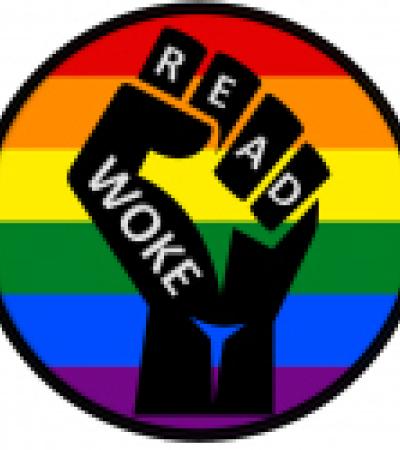As school librarians, we want our students and patrons to feel welcome in our space. We want to build community — and programming is a great way to do it.
The new American Association of School Librarians (AASL) Standards expressly address inclusivity in the standards with "Include," one of the Standards' six Shared Foundations. "Include" states that students, librarians and libraries will be able to “demonstrate an understanding of and commitment to inclusiveness and respect for diversity in the learning community.”
Without further ado, here are some programming ideas to further the sense of community in your library.

Community-building storytimes and activities for younger kids
Books and projects around building community allow younger kids to express themselves and see the value in each other and their library.
- The book "All Are Welcome" by Alexandra Penfold and illustrated by Suzanne Kaufman celebrates diversity and encourages children to develop a sense of community. The book centers on a group of children who move throughout their day at school. Everyone is welcome, and children from a diverse swath of cultures star in the pages. Reading and engaging with this book during the first weeks of the school year allows kids to see that everyone has a place in their school.
- Encourage children to learn about each other and what makes each of them unique. Have students create an All About Me poster, either on paper or with technology, if that is available in your library. You can find many templates on the web. If you print them, hang them in your library to celebrate the great community you will build throughout the year.
- Another great book — this one will have them giggling — is "We Don’t Eat our Classmates." Ryan T. Higgins illustrates and authors this hilarious book, which centers on Penelope Rex. Penelope can’t wait to go to school — but making friends is a bit harder than she thinks it will be. This is a great read to help younger grades talk about friendships and building community.
Community-building programs for middle- and high school students
For older students, competitions and group activities provide opportunities for relationship-building and connections.
- Get students invested in your book collection. Allow students and patrons to assist in reviewing and deciding some of what gets ordered for the library.
- Build a Little Free Library. Put it in a place of need in your community. We encourage schools to collect books to donate to our Little Free Library and keep it stocked year round for anyone to utilize. Advertise your library services, phone and space if that is appropriate.
- Challenge students to match teachers with their favorite books. This was a popular guessing game at one of our local high schools; students visited teachers that they didn't even know to find out who loved the Narnia series or who was a closet Harry Potter fan. You could also create a display where teachers share their favorite childhood books, including photos of the teachers whenever possible.
- Contests, contests, contests! Students and patrons love contests. Run one for major library events like TeenTober, Banned Books Week or School Library Month. It will draw patrons and students into the library and can be as simple as "guess the number of jellybeans in the jar" or "create your own banned books bookmark.
- Create lunchtime book clubs. Students come once a week or once a month to discuss a book that a group is reading. Partner with your public library (or if you are a public librarian, partner with your school library). In our district, our public library does “lunch bunch” and visits our schools.
- Have a design challenge. At one of our elementary schools, students were challenged to rethink and redesign the library space before new furniture was purchased. It allowed a real sense of community to build as they decided on what would work for their own space.
- Leverage social media. Use a variety of tools to let your community see what is happening in your library space. One elementary school in our district leverages Facebook, with an amazing amount of success reaching parents. The librarian posts updates on lessons, new books and digital resources.
- Talk it up. Book talks are a great way to get students interested, and interested in checking out from your library. Post them on YouTube and encourage followers.
We know you have lots of amazing ideas. Post your ideas for building your library community in the comments below. We can’t promise we won’t use them in our own libraries. After all, we are all in this together!



